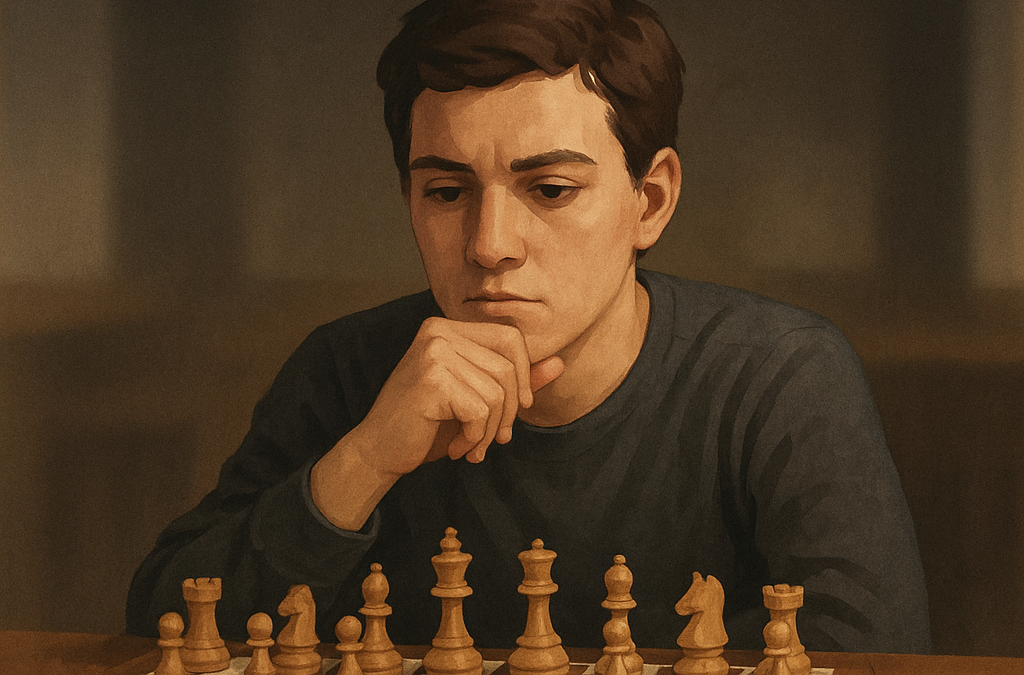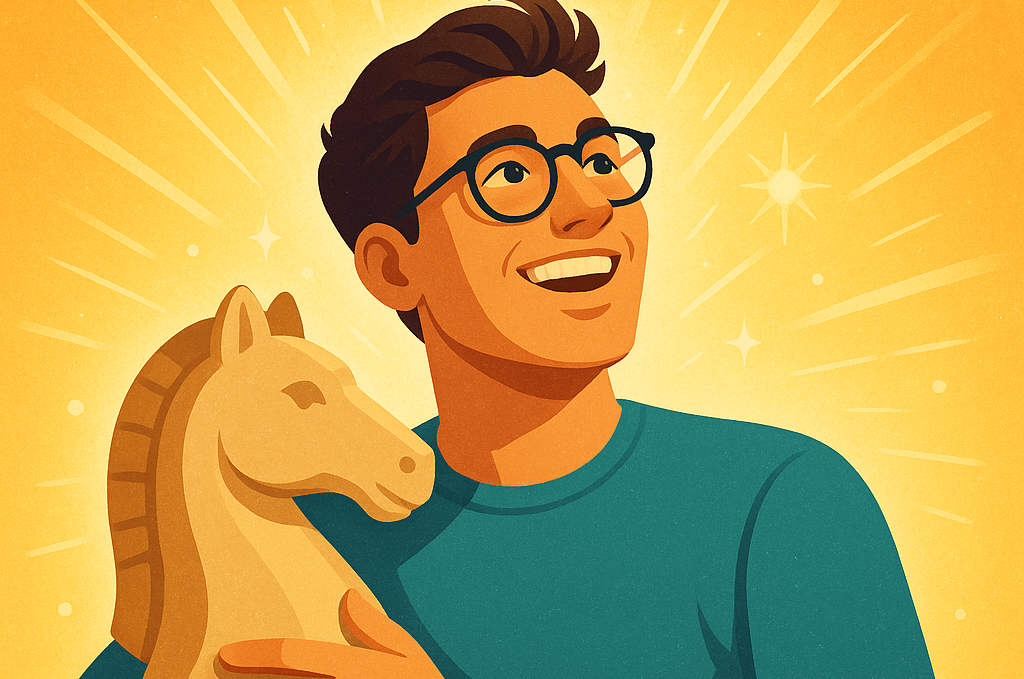"If my mind can conceive it, and my heart can believe it
—then I can achieve it."
- Muhammad Ali
Imagine the Scene:
You sit down with a chess board in front of you. You close your eyes and imagine all the pieces. Your opponent says a move—then you move. But five moves down the line... you're lost! "Where was my bishop again?" you may ask. What just happened? It's like juggling—and then all the balls fall everywhere! Everyone encounters this when trying to visualize the board. So, what can be done about this?
Tips & Tricks:
1. Memorize the Board Coordinates
Doing this on your own can be quite difficult. It will definitely take time and concentration. Fortunately, BlindFoldedChess has made it fun and easy for everyone to learn the coordinates. The puzzle called "Space Location" can be played under the tab "Play Game." It’s very important to know where each space is. The goal is to hear a coordinate and instantly recognize and picture the location on the board in your mind. As you improve, it will become easier to compute diagonal spaces and the path of a knight moving across the board. These things take time, so we recommend playing Space Location to make it more enjoyable to learn your coordinates!

2. Use Visualization Drills
One of the best ways to improve visualization is to learn from the knight. Because this piece has the most unique movement compared to the other pieces, it’s often the hardest to perceive in the mind. Place a knight anywhere on your chessboard. Close your eyes and visualize all the possible moves it can make. Try to remember as many coordinates as possible—then double-check your answers to see if you were correct! You can also practice with full positions. Set up a chess board in any way—replaying a favorite game between skilled players is a great idea. Study the board, then try to mentally visualize the next 3–5 moves. This is a powerful way to build your mental board skills.

3. Take it slow!
Patience is key! Don’t rush yourself when practicing. Individuals who are highly skilled in a trade or art have trained repeatedly, and they were much slower when they started. So don’t feel anxious or discouraged if progress feels slow. Remember: any progress is good progress! Keep your head up—and keep going!

Summary
Visualization of the board doesn’t happen overnight. It takes time and effort. But don’t rush yourself—be diligent about memorizing the board coordinates, using visualization drills, and taking it slow. Sometimes, it’s even easier when you have a friend practicing with you. Even focusing on just one of these tips can vastly improve your chess game.


